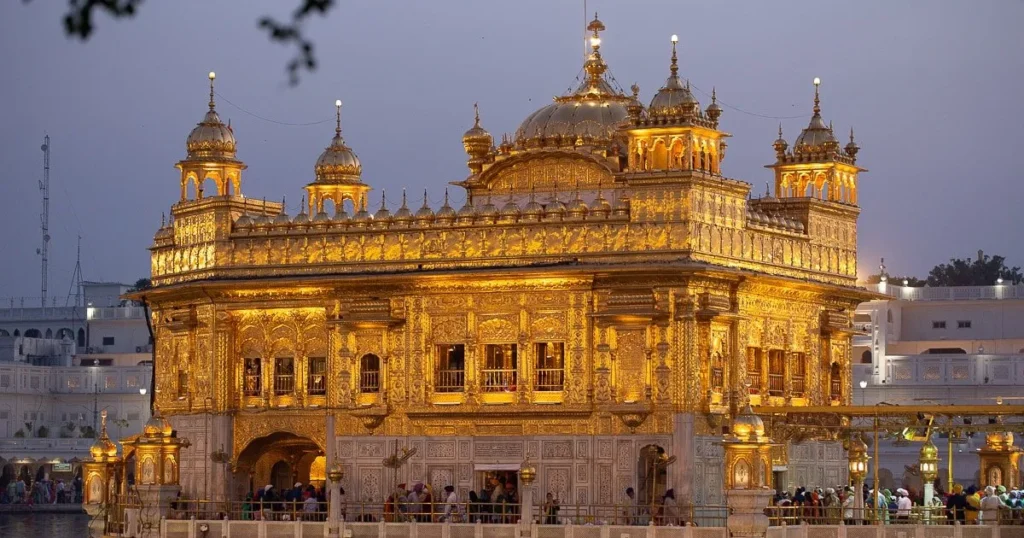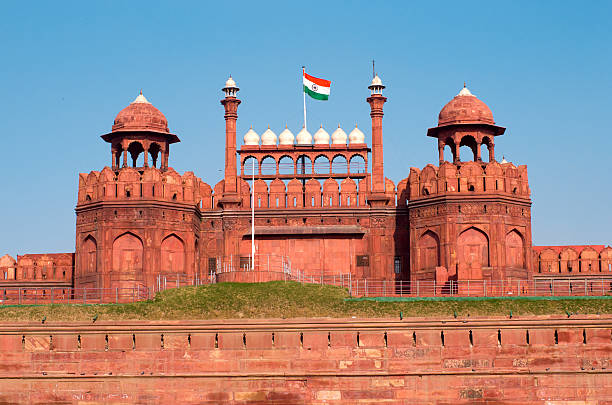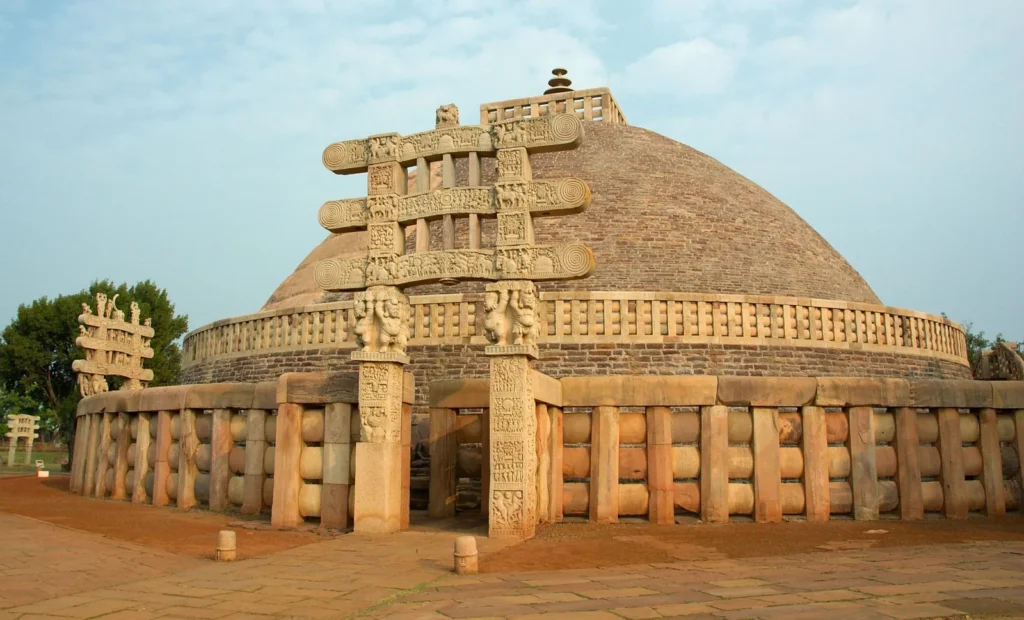Taj Mahal Agra

- Taj Mahal, Agra India’s Timeless Treasures: 7 Wonders to Experience in 2024″ This iconic white marble mausoleum built by Emperor Shah Jahan in memory of his wife Mumtaz Mahal, is renowned for its stunning architecture and intricate carvings. It’s a UNESCO World Heritage site and one of the New 7 Wonders of the World
- Best time to travel: November to February
- Opening time: 6 am to 7 pm, 8.30 pm to 12.30 am (on full moon night)
- Entry fee: INR 480 for Indians and INR 1600 for foreign national
- Starting October 1, visitors to Agra will benefit from a new initiative designed to streamline their journey to the Taj Mahal. The Agra Development Authority, in collaboration with Taj Security and the Tourism Police, is launching a special tourist path marked by QR code signage along the highway and MG Road.

- Why It s a Wonder Discuss its timeless beauty, the love story behind it, and its status as a UNESCO World Heritage Site.
- What to Expect in 2024: Mention any new developments, restoration efforts, or cultural events planned around the Taj Mahal in 2024.
2. The Golden Temple, Amritsar

- Why It’s a Wonder Highlight the spiritual significance, stunning architecture, and the sense of peace it offers.
- What to Expect in 2024: Touch on any upcoming festivals, the community kitchen (Langar), and how visitors can engage in spiritual activities.
3. Hampi Karnataka
Hampi is famous for its ancient ruins, temples, and architecture, which showcase the grandeur of the Vijayanagara Empire. Hampi is a UNESCO World Heritage Site in Karnataka, India.

- Why It’s a Wonder: Describe the ancient ruins, the grandeur of the Vijaya nagara Empire, and the surreal landscape.
- What to Expect in 2024: Talk about the Hampi Utsav any archaeological discoveries, or travel tips for the modern day explorer.

4. The Backwaters of Kerala

- Why It is a Wonder: Explain the natural beauty, serene environment, and unique ecosystem of the backwaters.
- What to Expect in 2024: Focus on sustainable tourism initiatives, new houseboat experiences, and wellness retreats.
- Also reads
5. The Caves of Ajanta and Ellora, Maharashtra

- Why They are a Wonder: Discuss the ancient rock-cut caves, exquisite carvings, and their place in Buddhist, Hindu, and Jain history.
- What to Expect in 2024: Mention any preservation efforts, guided tours, or cultural programs designed to enhance the visitor experience.
6. Pretty in pink: The story behind why Jaipur is so famously known as ‘The Pink City’
- Why It’s a Wonder: Highlight Jaipur’s blend of royal palaces, vibrant bazaars, and the architectural marvel of Amer Fort.
- What to Expect in 2024: Discuss the Jaipur Literature Festival, luxury travel experiences and the evolving art scene.

7. Meenakshi Temple, Madurai

A historic Hindu temple known for its stunning Dravidian architecture, colorful gopurams (towers), and religious significance.
- Red Fort, Delhi: Another UNESCO World Heritage site, the Red Fort was the main residence of the Mughal emperors for nearly 200 years. Its massive walls, stunning gardens, and intricate palaces reflect the grandeur of the Mughal era.

- Sanchi Stupa, Madhya Pradesh: This ancient Buddhist complex, dating back to the 3rd century BCE, is one of the oldest stone structures in India. The Sanchi Stupa is also a UNESCO World Heritage site and a significant pilgrimage site for Buddhists.

- Khajuraho Temples, Madhya Pradesh: Known for their stunning erotic sculptures, these temples are a fine example of medieval Indian architecture. Built between 950 and 1050 CE, the Khajuraho Group of Monuments is a UNESCO World Heritage site.
- Most Khajuraho temples were built between 950 and 1050 by the Chande lady nasty. Historical records note that the Khajuraho temple site had 85 temples by the 12th century, spread over 20 square kilometers Of these, only about 25 temples have survived, spread over six square kilometers.

- Ajanta and Ellora Caves, Maharashtra: These rock-cut cave complexes are famous for their stunning sculptures, paintings, and architectural brilliance. The Ajanta Caves are predominantly Buddhist, while the Ellora Caves house Hindu, Buddhist, and Jain monuments. Both sites are UNESCO World Heritage sites.

Carved in the Sahyadri range of hills in the Aurangabad district of Maharashtra, the Ajanta and Ellora caves are the epitome of art and architecture. Both these rock-cut cave sites are designated UNESCO World Heritage Sites and attract tourists from all over the world
We can also travelling attractive place

- Mysore Palace, Karnataka: An exemplary piece of Indo-Saracenic architecture, the Mysore Palace is the official residence of the Wadiyar dynasty. Its grandeur, illuminated by nearly 100,000 bulbs during the Dasara festival, attracts millions of visitors each year.
These wonders not only showcase India rich cultural and architectural heritage but also reflect the diverse historical influences that have shaped the nation over the millennia.
Conclusion
- Summarize why 2024 is the year to explore these wonders.
- Encourage readers to start planning their trips to experience the magic of India’s diverse treasures first hand.
Leave a Reply
You must be logged in to post a comment.